Existential Practice: Relating to the Infinite
Article
Abstract
[In English]
The present article discusses “the positive” in Kierkegaard’s thinking in order to sketch out an existential practice in relating to the infinite. Kierkegaard’s thinking is mainly tied to currents as “the negative” and “negativity”, especially caused by his continual reference to Socrates and his overall inspiration from Hegelian dialectics. This article poses questions as: What exactly do we mean by using the operators “the positive” and “the negative”? Does Hegelian and Kierkegaardian negativity mean the same? To what extent is it legitimate to state “a positivity” in Kierkegaard’s thinking? How does this positivity relate to the single individual? How can we interpret the category of “sin”? What does Johannes Climacus bear in
mind differentiating a “Religiousness A” from a “Religiousness B”? Given that Climacus knows the art of dialectics to be an indispensable part of our conceptions and act of thinking, how does he pose an alternative way of thinking of dialectics than pure reflection? How does Climacus more precisely sketch an existential practice in relating to the infinite, e. g. what does he understand by the expression “to practice the absolute relation to the absolute τέλος”? What is the relationship between an existential practice and the comical? What is Climacus’ point of ranging some life stages? What is “the comic paradigm” in modern research? Given that the modern idea of the infinite is tied to comedy, the question is what existential possibilities are implied? Does Climacus agree with modern research? Texts from Kierkegaard, Hegel and Alenka Zupancic provide the basis for this discussion.
Downloads
This journal allows the author(s) to hold the copyright without restrictions. Topos Journal uses CC BY-NC-ND 4.0 license (license URL: http://creativecommons.org/licenses/by-nc-nd/4.0).


